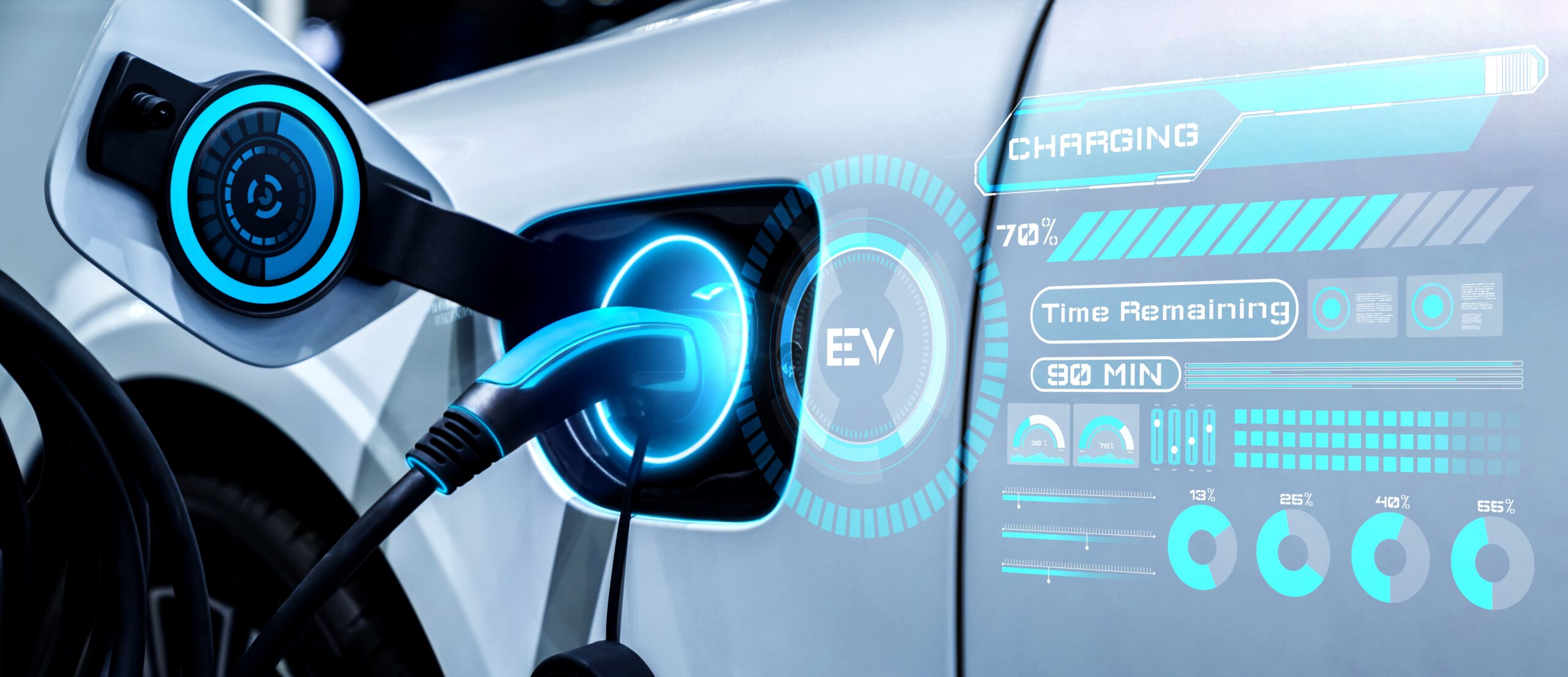I also fear technology’s risk of generating moral hazards; just because we are learning how to capture, sequester, and use some carbon dioxide does not mean we can otherwise continue to emit it recklessly. Joining the Enbala team, however, I do recognize we have the tools at our disposal to reduce the economic and environmental costs to power our society.
Enbala’s Concerto™ software platform, combined with distributed energy resources (DER), creates a balanced, sustainable energy future. I joined this company because I believe that such a future isn’t far away, and if we put our hearts and minds into transforming the energy system, we can green it today.
Challenging Supply-Chain Perceptions
The barriers we face in reducing carbon dioxide and clean, distributed renewables are not null but largely influenced by outdated perceptions all along the supply chain. Take the following for example:
- Centralized fossil-fuel generation is the only means of meeting our current energy demand. It’s true that, in its current state, the grid is not equipped to handle widespread, two-way power flows and increased capacity (resulting from increased electrification). However, 2019 marked the first year in which the growth of new distributed energy resource (DER) capacity outpaced that of new centralized generation. When managed intelligently, DER put forth numerous attractive propositions to utilities and their end customers. Said plainly, the installation DER behind the meter (BTM) can reduce reliance on the grid and thus reliance on centralized generation.
- Energy service provision damages assets and thus should violate warranties. A hindrance in electric vehicle (EV) battery provision of advanced services to the grid is the fear that using a DER outside of its core competency will harm the asset. To date, many vehicle-to-grid energy solutions void EV battery warranties. The reality is that with the proper control mechanisms, the EV battery or other DER will provide services only within safe parameters. Factors contributing to the health of batteries specifically include a given asset’s temperature and the levels at which it charges or discharges. Utilizing DER control platforms like Enbala’s Concerto that optimize around manufacturer or customer specifications mitigates risks of damage to DERs and allows them to support grid transformation while meeting their core functionality.
- The use of BTM assets will lead to customer discomfort. While it is true that individuals may notice an increase in set point on their thermostat during a hot summer’s demand response event, it should be noted that many who opted in to a program knowingly will not mind. And, where concerns of customer fatigue for the repeat engagement of DERs are genuine, utilities should harness the growing ecosystem of DERs capable of providing grid services to avoid such circumstances. For example, discharging a home battery within customer-set parameters or temporarily disconnecting an efficient, well-insulated water heater should both go unnoticed by the customer. Ideal engagement of DERs in greening the energy grid should be automated and viewed by the customer as a feel-good opportunity to earn incentives.
Sustainable Grid Technology Already Exists
I joined Enbala because, as hinted above, I believe the technology to combat outdated perceptions related to energy management already exists; Concerto is a great example. Concerto provides enterprise DER orchestration, given its ability to switch between a virtual power plant (VPP) platform and a DER management system (DERMS) instantaneously. The platform operates within customer and manufacturer-defined constraints and can optimize both real and reactive power across a growing, diverse and complex ecosystem of DER vendors.
Practically, this means that Enbala can increase the hosting capacity of a distribution system. Enbala gives grid operators insight into real-time grid status influenced by DERs and foresight into future conditions. This means that control room operators, energy traders and utility program managers are just some of the personas able to reduce grid strain while simultaneously reducing cost-to-serve. Concerto’s transactive optimizer takes the guesswork out of asset control by utilizing machine learning to engage the right DER at the right time. This automation ensures continued customer comfort, protected assets and minimized risks of system downtime. Today, Enbala simplifies the process for grid operators to green their networks and serve their customers at the lowest economic and environmental costs.




